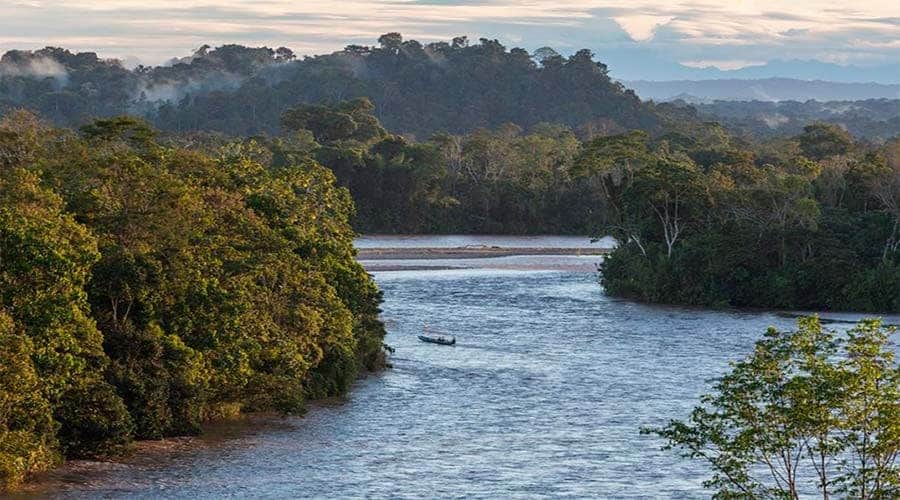Reaching most headlines this year because of a set of forest fires, the Amazon in South America represents more than half of the remaining rainforest and is one of the most biodiverse places of the world. Nevertheless, the region is already close to its tipping point, researchers warned.

The Amazon has its own hydrological cycle through which rainforest trees regulate evaporation, transpiration, and rainfall in the region. Nevertheless, as tree cover is loss, droughts are intensified. For the rainforest, not getting enough rain means trees die off and transform into a form of savanna or shrubland.
Climate scientist Carlos Nobre and conservation biologist Thomas Lovejoy in a new science policy editorial warned the Amazon is on a self-destruct mode, dealing with the consequences of growing deforestation and the effects of climate change in recent years.
“Current deforestation is substantial and frightening: 17% across the entire Amazon basin and approaching 20% in the Brazilian Amazon,” they wrote in Science Advances. “We are scientists who have been studying the Amazon and all its wondrous assets for many decades. Today, we stand exactly in a moment of destiny: The tipping point is here, it is now.”
For the researchers, the solution to the changes currently experienced in the region is an ambitious reforestation program, improving the quality of life in most Amazonian cities and the development of a bio-economy based on the forest. Plus leaving behind the current drive for agriculture and cattle driving deforestation.
Previous predictions of the Amazon tipping point were mainly based on climate models developed through mathematics. But now there are real-life manifestations of the changes happening in the Amazon, which led researchers to believe that there are signs of a tipping point happening on the ground and the atmosphere.
A study by NASA in October recorded a growingly dry Amazon via satellite. Also, in 2018, a study that combined the findings of 103 researchers showed that tree species that were adapted to a wet climate were dying at a record rate, while species adapted to dry weather were thriving.
Moving from a rainforest to a savanna has severe consequences for the Amazon, according to Lovejoy and Nobre. It would mean the release of large amounts of carbon dioxide into the atmosphere, a change in the natural water cycle, likely affecting Brazilian aquifers, and a sudden effect on biodiversity.
Biomes like Amazon have been subject to changes in the past. But the problem here is how sudden the move is and the consequences it brings for species and biodiversity in general. Without further action, researchers warn, the shift to a savanna will happen in just a few decades.
Despite the scenario they describe, Lovejoy and Nobre agree there’s still a way forward. “The peoples and leaders of the Amazon countries together have the power, the science, and the tools to avoid a continental-scale, indeed, a global environmental disaster. Together, we need the will and imagination to tip the direction of change in favor of a sustainable Amazon”.









